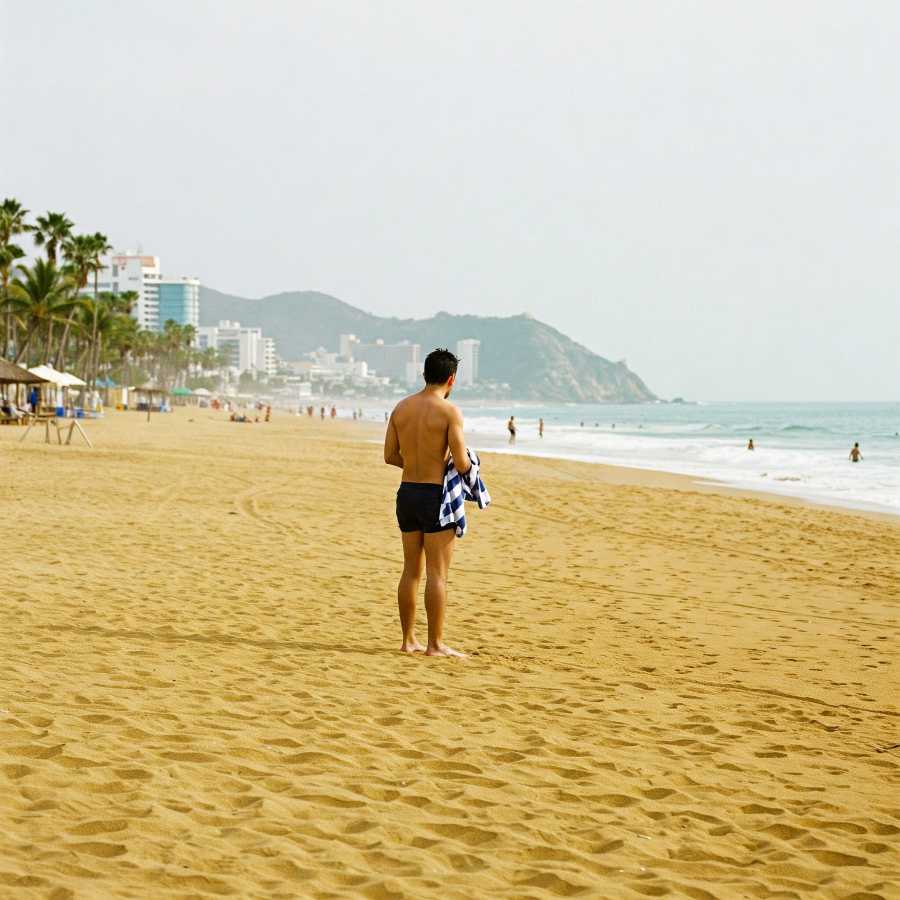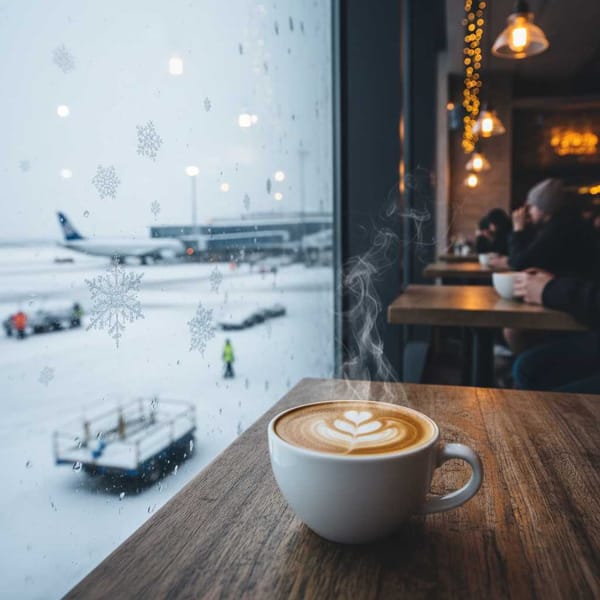Cautious Optimism in Mazatlan as Holy Week Visitors Arrive Under Watchful Eyes
Amidst a heavy security deployment following months of cartel violence, Mazatlan is experiencing a cautious but economically vital return of Holy Week tourists, testing the resort city's recovery efforts.

The broad Malecón boulevard pulsed with the brassy sounds of banda music late Thursday, crowded with families and visitors enjoying the Pacific sunset. Yet, mingling amongst the revelers and vendors were heavily armed marines and National Guard troops, a stark reminder of the fragile security situation underpinning this year’s crucial Semana Santa holiday week in Sinaloa.
After more than seven months of heightened cartel violence that has shaken the state, the popular resort city of Mazatlán is experiencing a vital, albeit cautious, return of tourists for one of Mexico's most important travel periods. The influx represents a critical test for Sinaloa's battered image and tourism-dependent economy, as authorities deploy a massive security apparatus to reassure visitors and prevent disruptions.
Highways leading into Mazatlán swelled with vehicles beginning Wednesday and peaking on Thursday, the traditional start of the four-day Easter weekend. The toll plaza at Mármol on the busy Mazatlán-Culiacán highway saw significant queues forming, with traffic monitors noting an inbound flow of 9 to 11 vehicles for every two or three heading north towards the state capital, Culiacán. License plates indicated visitors arriving not just from neighboring states like Durango and Zacatecas, but also from Chihuahua, Mexico City, Tijuana, and further afield.
This surge in traffic, while welcomed, comes after a period of deep uncertainty. Sinaloa, long a focal point of organized crime activity, experienced a significant escalation in violence beginning last September. While Mazatlán itself was somewhat insulated compared to areas like Culiacán or Navolato, the statewide crisis severely impacted travel confidence, particularly during the normally robust winter high season.
"In the establishments of the Historic Center, the nights are seeing a lot of life," said Andrea Lizárraga, a prominent local chef and restaurateur, expressing optimism. She noted a visible increase in foot traffic compared to last year, and especially compared to three years ago, with visitors returning from key markets like Durango and Torreón. However, she acknowledged the difficult preceding months, stating that the typical November-December peak season was significantly curtailed. In a nod to economic pressures, Ms. Lizárraga added that many restaurants, including her own, have held prices steady despite challenging times.
The city's beaches, a primary draw, also saw an uptick in activity Thursday. Families spread out blankets on Playa Norte and Playa Gaviotas, children splashed in the waves, and vendors hawked souvenirs, hats, and cold drinks. Yet, observations reported in the local press suggested the crowds, while substantial, were visibly smaller than in pre-crisis peak years. Patrols by the National Guard and Navy personnel were a regular sight along the sand.
The economic pulse extended to the city’s traditional markets. At the central Mercado Pino Suárez, vendors reported a slow start to the week, with tourism picking up noticeably only on Thursday. Roberto Vega, president of the market association, estimated current sales at around 40% of capacity but remained hopeful they could reach 80% by the weekend's end. "We always hope sales are at the top," he said, acknowledging the impact of the state's security situation on visitor numbers. "But the people who are already here in Mazatlán feel calm, they feel safe," he added, citing conversations with tourists who noted the heavy security presence.
That presence is palpable. State and federal authorities have launched a massive "Semana Santa 2025" security operation, deploying over 14,000 personnel across Sinaloa, with approximately 3,200 concentrated in Mazatlán. The effort involves the Army (Sedena), the Navy (Semar), the National Guard, state police, and municipal forces, alongside emergency services. Checkpoints have been established at key entry and exit points to the city, including Cerritos, the Carretera Internacional 15 highway, and the Autopista del Pacífico toll road. Convoys of military vehicles are a common sight.
This "blindaje," or securing of the city, aims to project stability during the holiday and the subsequent "Semana de la Moto" (Motorcycle Week), another major event expected to draw thousands.
Efforts to manage the influx are also underway. In the popular Zona Dorada (Golden Zone), authorities implemented a "Par Vial" one-way traffic system on Avenida Playa Gaviotas, converting it to southbound-only traffic from Thursday through Sunday to ease congestion on the main Avenida Camarón Sábalo thoroughfare. Health inspectors from the state agency Coepriss have also increased their vigilance, stepping up inspections of restaurants and seafood stalls to ensure proper food handling and sanitation, and confirming that all 22 monitored beaches in Sinaloa meet safety standards for recreational use.
While Mazatlán focuses on revival, the undercurrent of recent turmoil remains. In nearby Navolato, home to the popular Altata beach destination, the recovery is proving slower. Boat operators ("lancheros") in Altata reported sales down by as much as 50% compared to previous years, according to local reports, a direct consequence of the violence that has heavily impacted the municipality. Even in the state capital, Culiacán, official efforts to promote local "staycation" tourism reportedly met with tepid response, potentially reflecting lingering resident anxieties.
For Mazatlán, however, the sounds of banda music filling the night air, the busy restaurants, and the cars filling hotel parking lots signal a tentative step towards normalcy. The coming days, and the subsequent Motorcycle Week, will further indicate whether this crucial tourism engine can regain its momentum despite the long shadow cast by Sinaloa’s security challenges.




